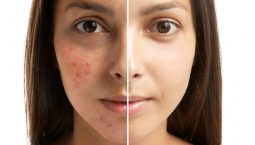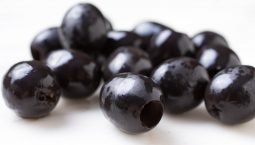For us living in a hot and humid country, sun exposure and tanning are a default setting. While the buzz is all about tan removal, tanning is something that’s better prevented than removed! Let’s get to know more about why the skin tans.
Why do we tan?
Let us first understand about this. UV rays are of two types, UV-A that tans the skin, and UV-B that burns the skin. UV-A penetrates the skin and triggers the melanocytes (pigment cells in epidermis) to produce more melanin that results in phototanning.
More melanin means more tanning and thus darker skin individuals tan more than the lighter skinned people.
How to avoid tanning?
Should you avoid the Sun altogether ? We possibly cannot. Rather we have to figure out smarter ways to enjoy the sun/summers.The key is to find a balance between sun protection and those great summer activities like beach and swimming.
Sunscreens block or change the effect of the sun’s harmful rays. They are one of your best defenses against sun damage. We often recommend a broad spectrum mineral sunscreen over a chemical sunscreen. Physical protection measures like, full sleeves, wide brimmed hat, goggles give more protection from UV rays. Internal sunscreens like oral pycnogenol can be taken 2-3 times a day starting from at least a week before planning summer vacation until a week after return.
How do we treat tanning?
At RENDER, the approach to tanning is holistic. From having proper prevention plans to avoid deep tans, to having efficient detan protocols, the treatment of tanning is planned as a habit than as a once off procedure. This is because people continue to travel, work and play outdoors, and so tanning is an inevitable constant. So stepping up on oral and topical sunscreens, IV supplements, and topical after sun protocols are all used in distinctly unique protocols to provide detanning.









